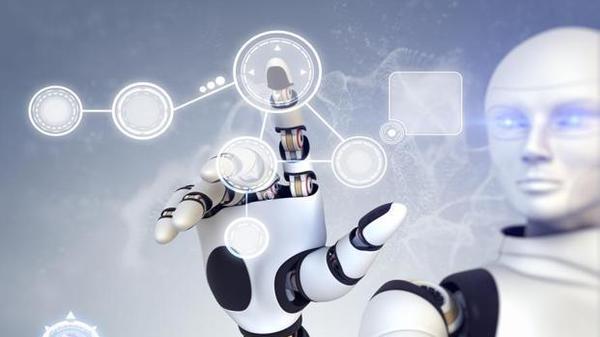Extraordinary opportunities emerge when people and devices connect. Connectivity and innovation in technology are transforming how organizations and governments operate. Mobile technology empowers remote workers. Internet of Things (IoT)-based factories achieve new levels of efficiency. Sensors monitor the availability of clean drinking water. We are innovating in ways never before imagined possible.
The challenge now lies in learning to leverage these exponential technologies to develop creative solutions that will address some of our toughest real-world problems. Poverty and its associated concerns of hunger and limited access to education, sanitation and housing; a dangerously changing climate; and pressure on natural resources, especially water and food, can be solved with affordable technological solutions in increasingly shorter time-frames.
For example, how does one bring to bear the power of digital technology to reshape how we address the very real problem of hunger, faced by 795 million people in the world. The Akshaya Patra Foundation serves as a valuable illustration. As the provider of the world’s largest (non-profit) midday meals, the Akshaya Patra Foundation serves food to more than 1.76 million children of 15,668 schools across 12 states in India. Incredibly, the cost of each meal, inclusive of raw material, cooking and transporting to different venues, is just a few rupees.
As even small improvements in operational efficiency can have a significant impact when the distribution is done at scale, Akshaya Patra decided to digitize its kitchens and key offices. By digitizing their kitchen and enabling real-time data collection, Akshaya Patra brought down the cost per meal by 10 paise, on account of an increase in operational efficiency by 5%. This enabled the programme to be extended to 28,500 more children immediately.
Likewise, technological innovations are tackling a wide range of complex social problems. For instance, approximately 4.5 million people with cerebral palsy and amyotrophic lateral sclerosis (ALS) cannot speak, and modern speech devices cost too much for the vast majority. The Voz Box, a promising solution, uses wearable sensors that are customized to the user’s movements. This enables them to make selections, allowing them to instruct words, ideas and even literary selections.
Similarly, tech innovations are extending the reach of education with low-bandwidth videos, measuring the level of pathogens in the environment through a smartphone-based disease detection platform, and monitoring the life of village pumps with sensors.
Governments, too, have an opportunity to make a substantial impact on billions of people with the use of technology. The Pradhan Mantri Matru Vandhana Yojana, a direct benefit transfer programme announced by the Prime Minister in December 2016 in favour of pregnant and nursing mothers, is offered on a cloud-based platform that automates the entire benefit transfer mechanism and approval processes. Onboarding benefit delivery providers, onboarding beneficiaries, integrating with Aadhaar for beneficiary authentication/validation, integrating with the Union government’s public financial management system for transferring funds to the beneficiary’s account, tracking programme milestones, benefit delivery and funds utilisation, are all done on the cloud.
Digital transformation requires us to rethink the way we solve complex social problems. Universities have a major role to play as they sit at the centre of innovation, technology, entrepreneurship, policy, and society. Whether it is in research or learning, universities must adopt a focused problem-solving approach and constantly re-evaluate their allocation of resources.
The innovative application of simple technology can have a far greater impact than developing new cutting-edge technologies. Universities must balance the two priorities.
Innovation for the digital era cannot happen in a vacuum. Nearly 45% of the world’s population don’t have access to the internet. This translates to almost half of all humanity lacking the life-changing benefits that connectivity can bring, from access to better health and education to the enabling of jobs and financial services. It is vital to understand that connecting the next 3 billion requires an inclusive approach, as lone innovations and ideas will not be able to scale.
While corporates are looking at addressing this problem, universities are more free to address the most acute problems of society inclusively, unhindered by a quest for return on investment.
The impact of these problems will require governments, non-profit organizations, enterprises and individuals to act in new ways.
Startups and governments exploring technology as a way to change social norms and empower millions around the world will need to be backed by technology. This will help developers scale their solutions, address new markets and build digital businesses.
Technology is the key to build a thriving, resilient world, especially in India where high mobile penetration and the government’s digital initiatives can work in tandem to bring a sustainable and affordable transformation for societal needs. Universities are at the centre of this imperative.
Kapil Viswanathan & V.C. Gopalratnam are, respectively, vice-chairman of Krea University and CIO-International of Cisco Systems Inc.
















